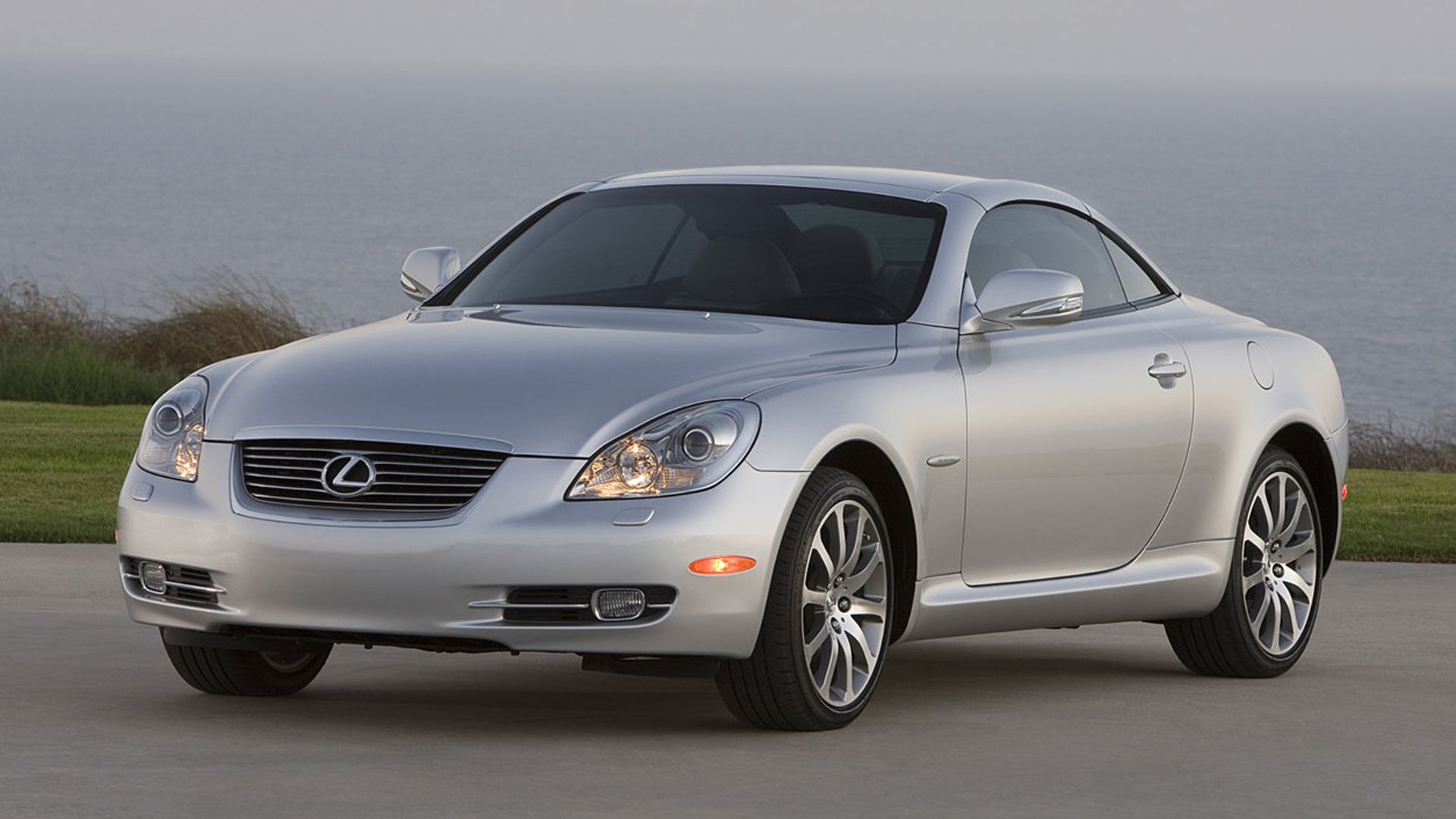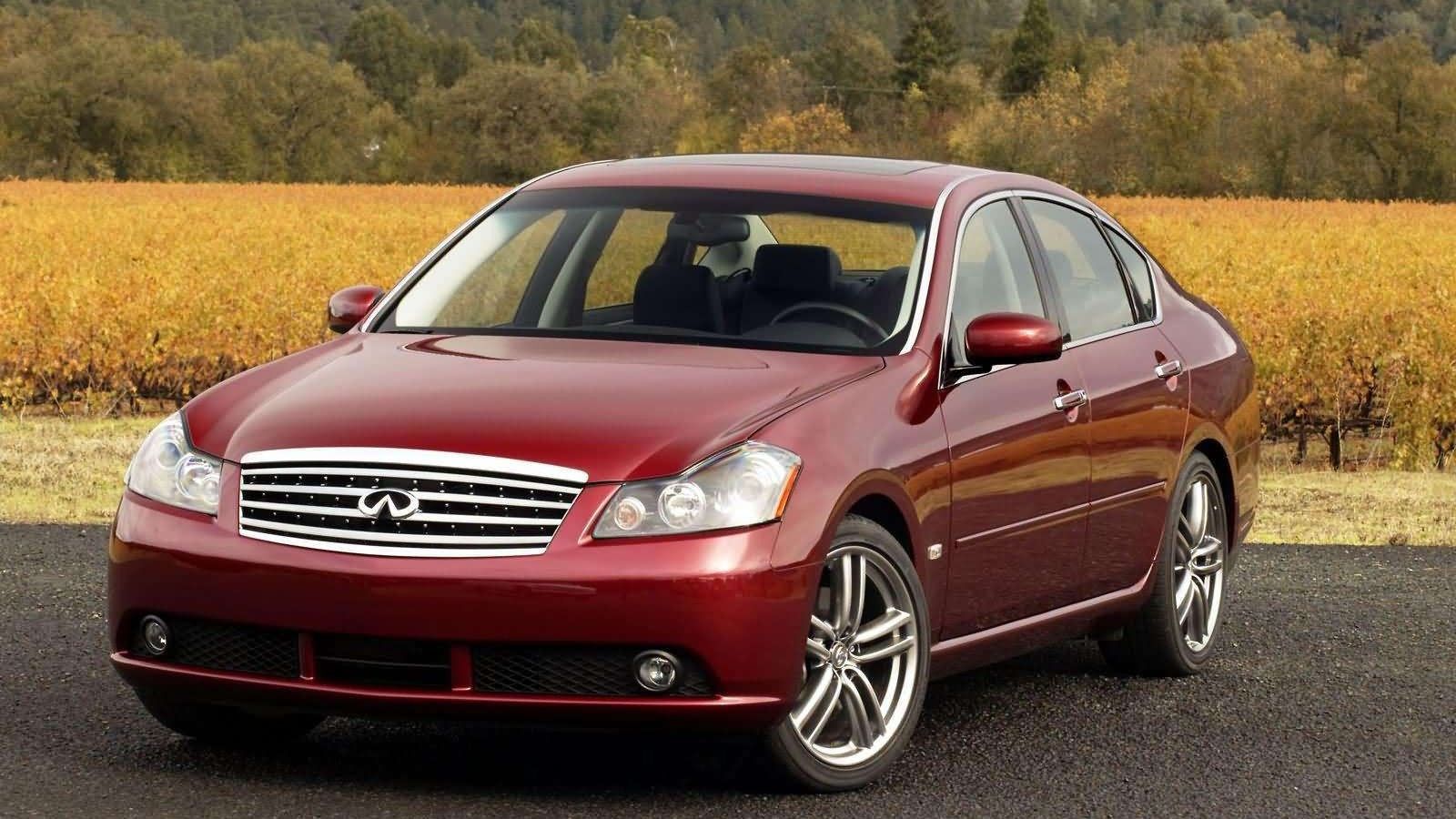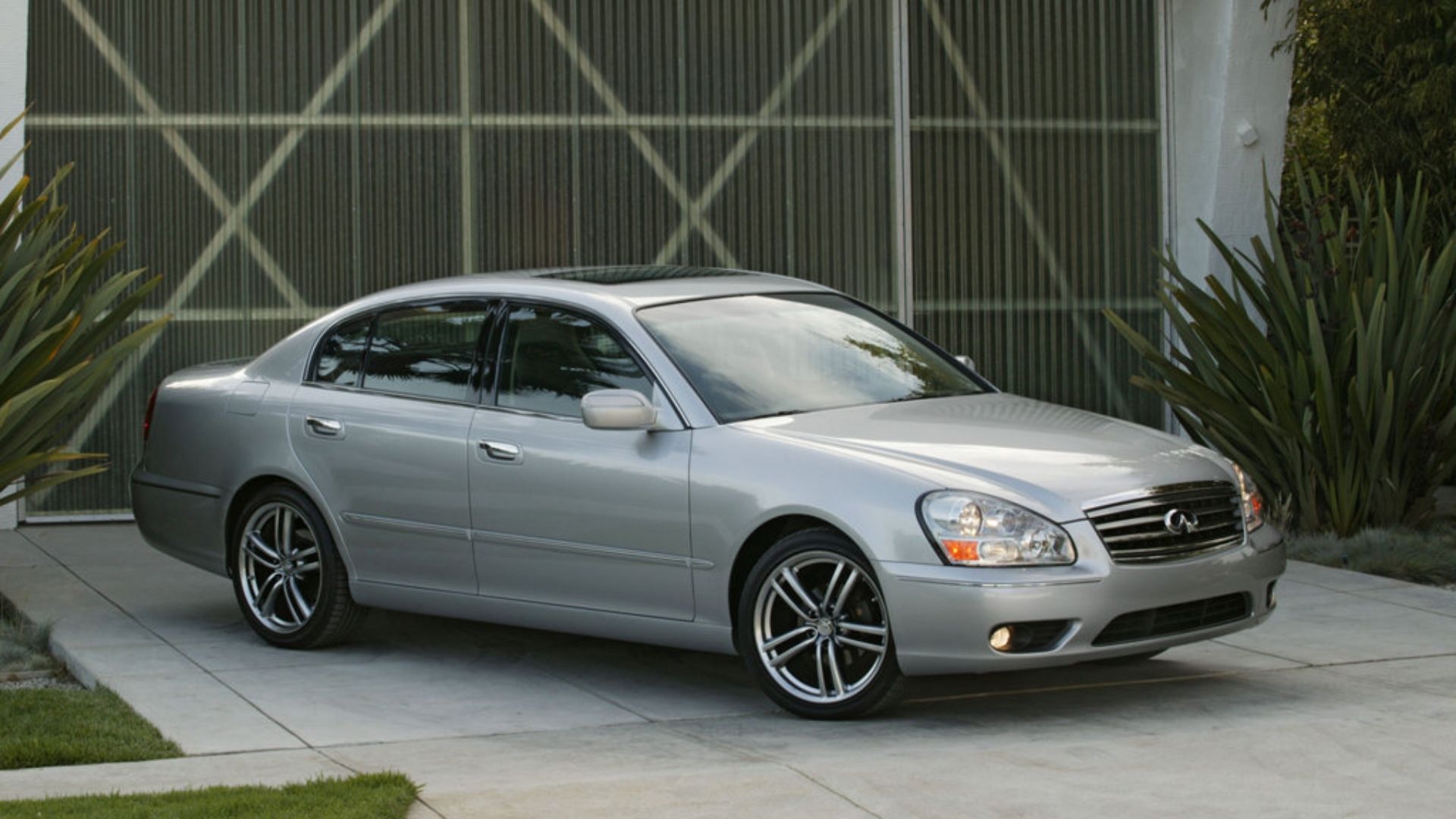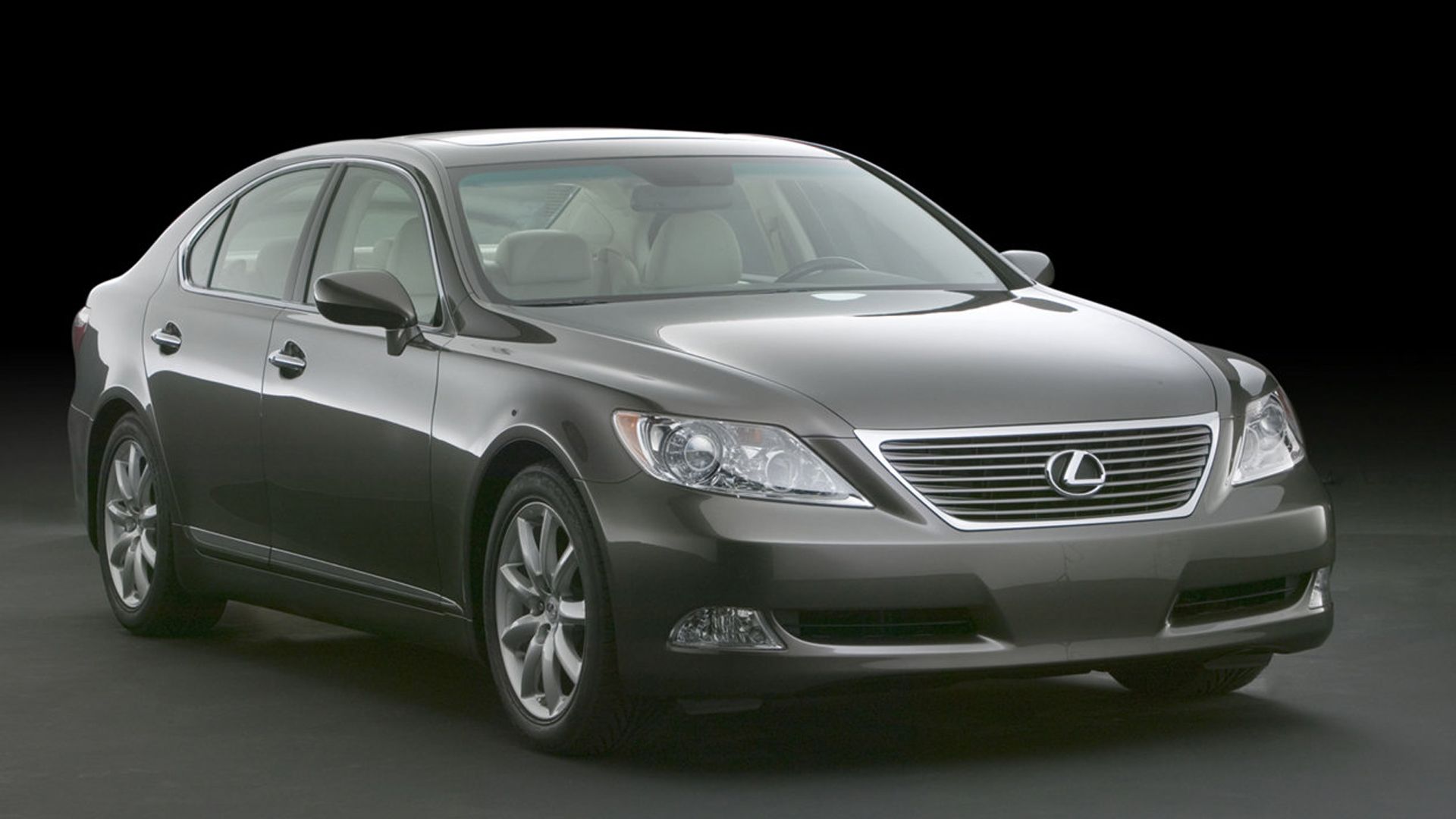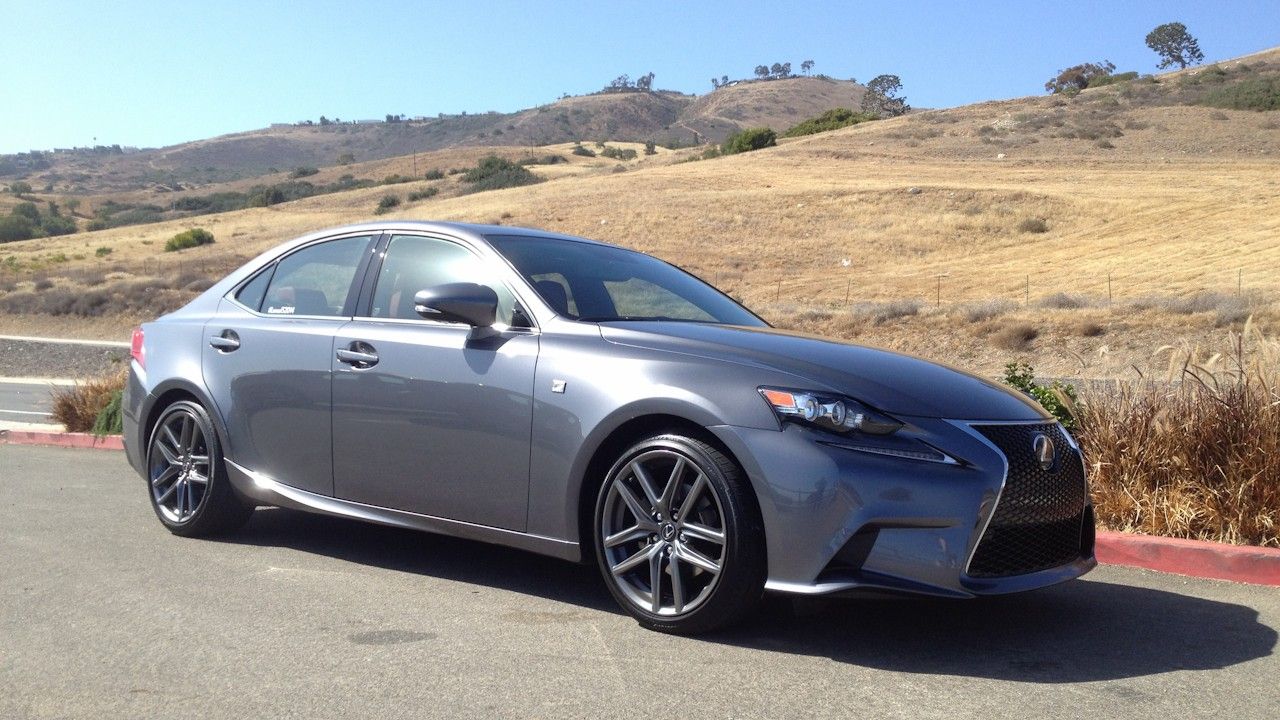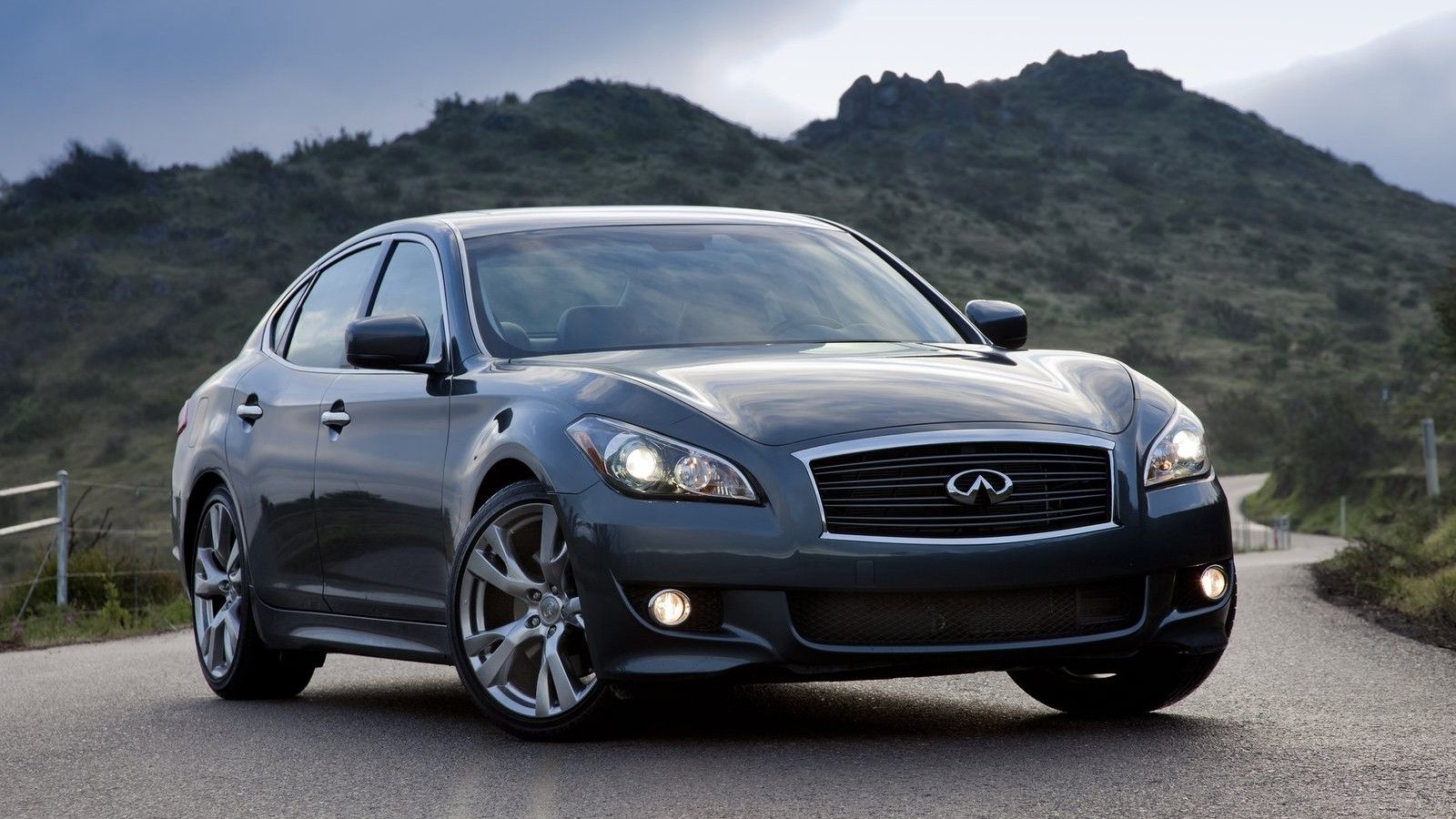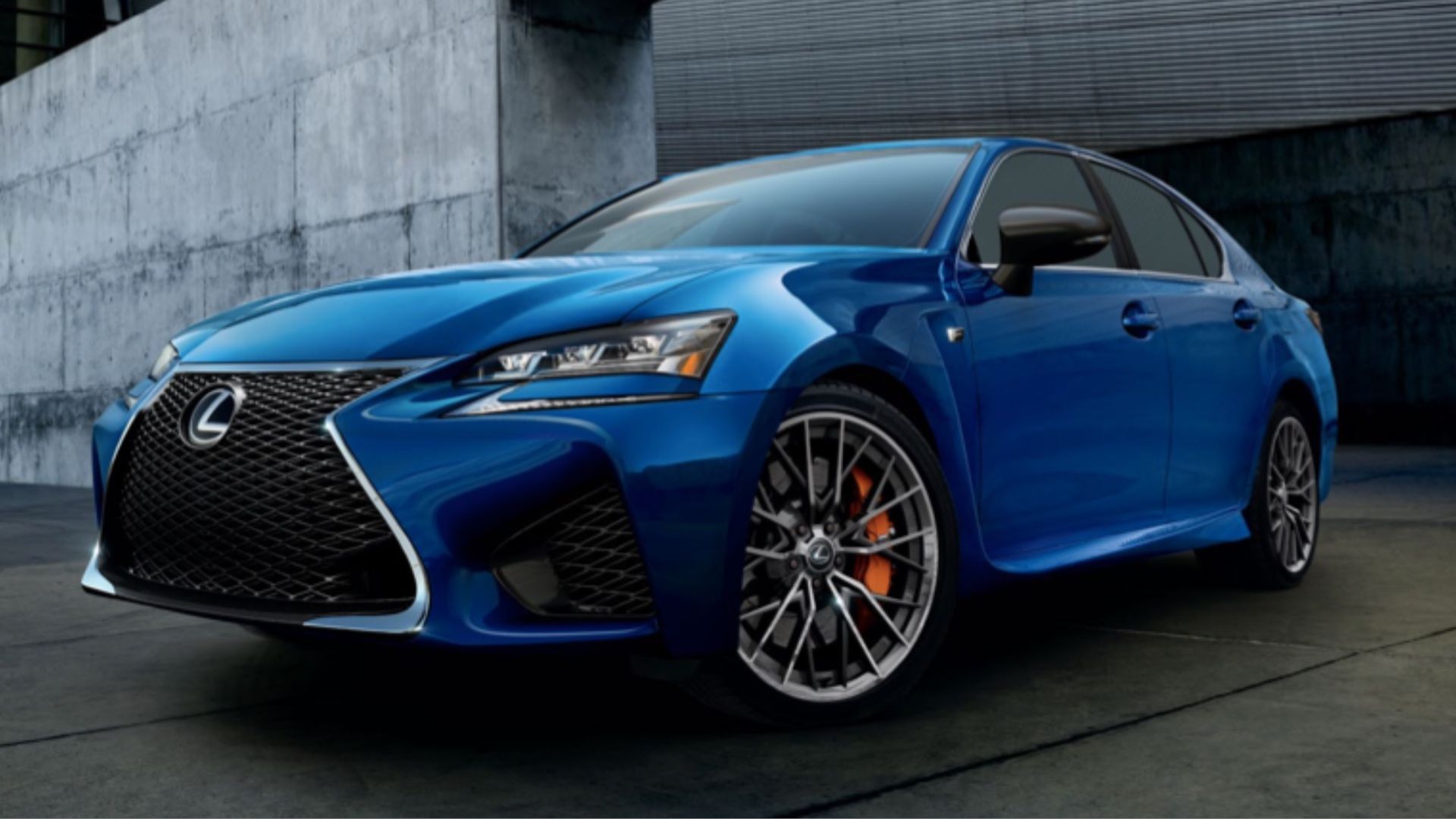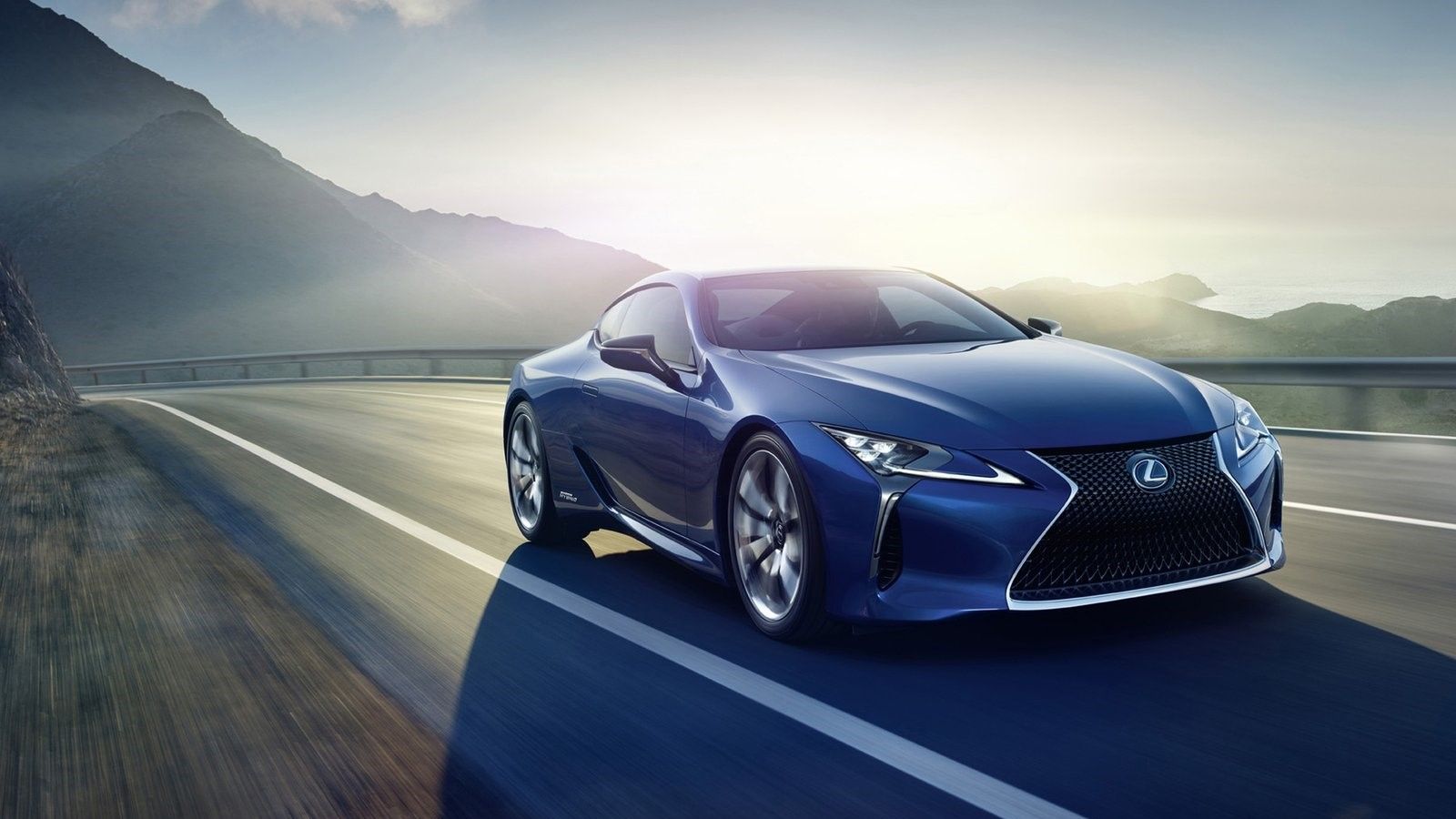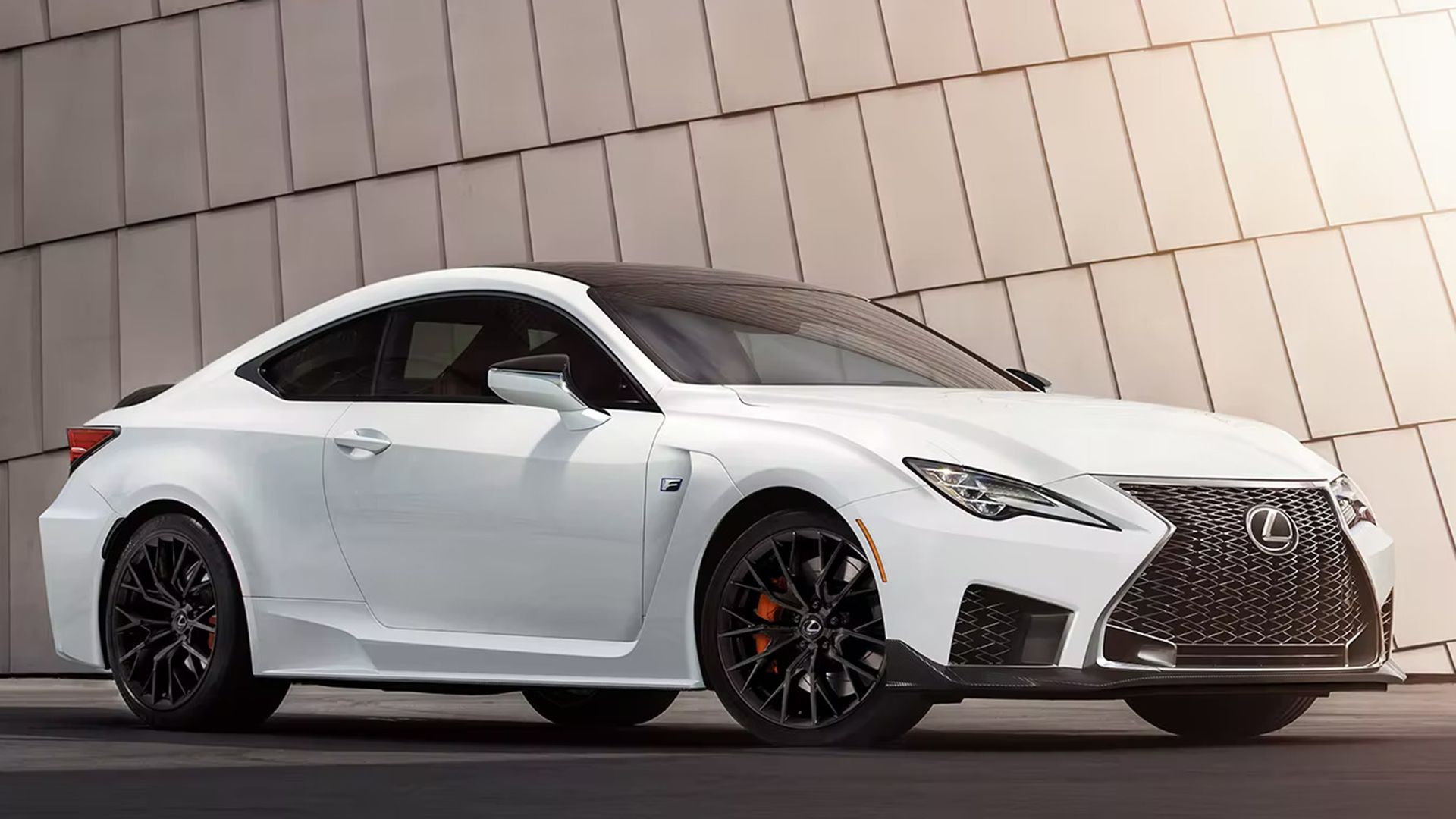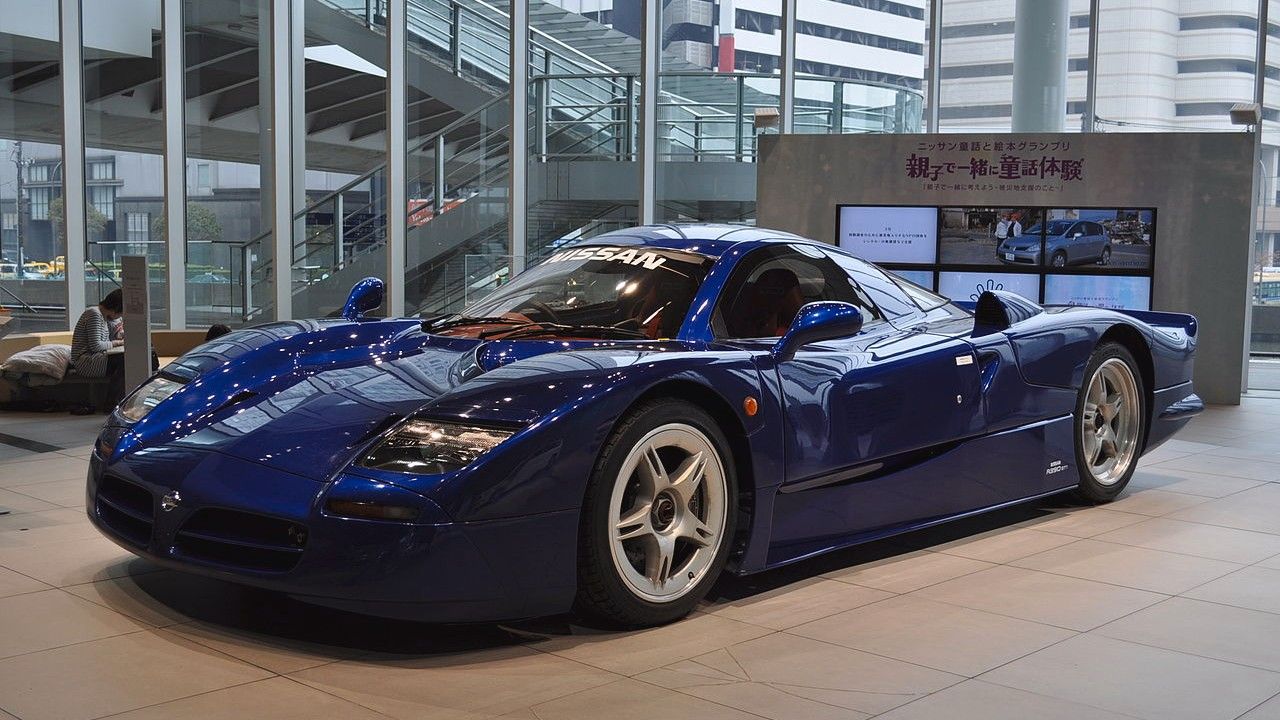Japan is not synonymous with big V-8 engines. V-8s rule the land in another part of the world: the United States. Chrysler’s HEMI, Chevy's small-block and Ford’s Coyote are perhaps the best-known V-8 engines in the world. They feature in popular, muscular cars like the Dodge Charger and the Ford Mustang. Japan is renowned for producing smaller, mostly inline engines that lend themselves to tuning. The V-6 configuration is also relatively popular in Japan.
Despite not being the preferred engine in the Land of the Rising Sun, the V-8 engine powers several awe-inspiring Japanese cars. They might not be as famous as their equivalents across the Pacific, or models from Europe, but they are fast and arguably more reliable. Here are the 10 most powerful V-8 Japanese sports cars.
We have consulted data and information from automakers and reputable sites like Car and Driver to compile a list of the most potent V-8 Japanese sports cars.
10 2004 Lexus SC 430
300 horsepower
The Lexus SC 430 was a luxury convertible that debuted in 2001. For the time and for its price, the vehicle had a commendable interior featuring walnut trim, aluminum accents, leather seats, and optional satellite navigation. The car had ample legroom for the front occupants, but the rear seats were seemingly built for children under five.
Specifications
| Engine | 4.3-liter V-8 |
| Engine output | 300 horsepower and 325 pound-feet |
| Transmission | Five-speed automatic |
| Drivetrain | RWD |
| 0-60 | 5.9 seconds |
| Top Speed | 175 MPH |
Power originated from a 4.3-liter V-8, which routed 300 Toyota-made horses through a five-speed automatic transmission to the rear wheels. It resulted in a zero to 60 MPH dash of about 5.9 seconds, according to Lexus. Real-life tests revealed that the car’s actual time to 60 MPH was in the mid-6.0-second range. Factory coding limited the vehicle’s top speed to 155 MPH. Delimited SC 430s, however, could do as fast as 175 MPH.
9 2006 Infiniti M45
335 horsepower
The first Infiniti M45 was a flop. It lacked sportiness and the luxurious hallmarks of an Infiniti-built car. The company scrapped the first M45 after two model years. The 2006 M45 was a drastic improvement from its predecessor: It had the right blend of drivability, luxury, and style. The car had a luxurious and inviting interior and a myriad of standard amenities.
Specifications
| Engine | 4.5-liter V-8 |
| Engine output | 335 horsepower and 340 pound-feet |
| Transmission | Five-speed shiftable automatic |
| Drivetrain | RWD |
| 0-60 | 5.3 seconds |
| Top Speed | 173 MPH |
Infiniti clearly put a lot of work into transforming the M45 into a sporty yet plush car. The vehicle’s Sport Package firmed up the suspension, sharpening the corner entry and enhancing stability on the corner exit without compromising the ride. The package also added aluminum interior trim and climate-controlled front seats. The Infiniti M45 truly was a performance luxury sedan.
8 2002 Infiniti Q45
340 horsepower
The third-generation Infiniti’s Q45 looked like a car worthy of being the brand’s flagship sedan (the second-generation Q45 looked appalling). Infiniti gushed about the exterior improvements of the remodeled Q45, pointing out the car’s increased girth and longer wheelbase, its improved aerodynamic efficiency, and its High Intensity Discharge headlights.
Specifications
| Engine | 4.5-liter V-8 |
| Engine output | 340 horsepower and 333 pound-feet |
| Transmission | Five-speed shiftable automatic |
| Drivetrain | RWD |
| 0-60 | 5.9 seconds |
| Top Speed | 169 MPH |
Under the hood, the third-gen Q45’s 4.5-liter V-8 produced 25 percent more horsepower than the outgoing model’s 4.1-liter V-8. Infiniti offered 17-inch wheels with run-flat tires that could go for 50 miles at 55 MPH. Furthermore, the vehicle featured independent suspension that facilitated stability and handling. Standard driving features included disc brakes with ABS and traction control.
7 2008 Lexus LS 460
380 horsepower
For the first time in the Lexus LS’s history, the Japanese automaker manufactured an all-wheel drive variant of the vehicle. Lexus also made long-wheelbase and hybrid variants of the LS. It would be the fourth and last LS generation to feature a V-8 engine. The 4.6-liter unit in the LS 460 made 380 horsepower, launching the flagship sedan to 60 MPH from naught in 5.4 seconds.
Specifications
| Engine | 4.6-liter V-8 |
| Engine output | 380 horsepower and 367 pound-feet |
| Transmission | Eight-speed shiftable automatic |
| Drivetrain | RWD |
| 0-60 | 5.4 seconds |
| Top Speed | 155 MPH (Electronically limited) |
The Lexus LS’s influence on the luxury sedan market was massive. It offered luxury and speed at a much lower price than its European siblings. The vehicle forced European sedan manufacturers to lower their prices. By the time Lexus released the LS 460, its price was generally at par with its rivals. Despite losing its pricing advantage, the Lexus was refined and powerful enough to warrant serious consideration.
6 2014 Lexus IS F
416 horsepower
In a year when Lexus revamped the entire IS line-up, the IS F was mostly unchanged. Besides a few exterior upgrades (the 2014 model had a wider body and a carbon-fiber spoiler), the 2014 model was identical to the 2013 car. Consequently, the interior, despite having swathes of Alcantara, suede, and leather, felt outdated.
Specifications
| Engine | 5.0-liter V-8 |
| Engine output | 416 horsepower and 371 pound-feet |
| Transmission | Eight-speed shiftable automatic |
| Drivetrain | RWD |
| 0-60 | 4.6 seconds |
| Top Speed | 170 MPH |
However, no one complained about the vehicle retaining its throaty 5.0-liter V-8. Sending power to the rear wheels through a lightning-quick eight-speed automatic, it accelerated the wide IS F to 60 MPH in 4.6 seconds. Regarding ride quality, the IS F lagged behind its competitors: its suspension facilitated handling on track but impacted comfort.
5 2011 Infiniti M56S
420 horsepower
With the Infiniti Q45 and M45 gone, the M56 became Infiniti’s flagship model. In keeping with its predecessors, the Infiniti had oodles of power. The vehicle’s 5.6-liter V-8 produced 420 horsepower, 95 more than the departed M45. Historically, Infiniti struggled to develop cars that handled well while retaining comfort.
Specifications
| Engine | 5.6-liter V-8 |
| Engine output | 420 horsepower and 417 pound-feet |
| Transmission | Seven-speed shiftable automatic |
| Drivetrain | AWD |
| 0-60 | 4.7 seconds |
| Top Speed | 155 MPH (Electronically limited) |
With the M56S, Infiniti cracked the code, designing a vehicle that performed well on track without compromising the ride. Infiniti finessed the firmer springs and double-piston shocks provided by the Sport package to improve performance while facilitating a soft ride. By nailing the balance between comfort and performance, Infiniti had finally produced a car capable of competing with Mercs and BMWs.
4 2020 Lexus GS F
467 horsepower
The GS F was a sporty version of the tamer GS. Outside, the sharpened aerodynamic surfaces, rear diffuser, and carbon-fiber spoiler demonstrated that the GS F was a performance sedan. The weight-saving measures inside, including a center console and dashboard featuring inlaid carbon fiber, evidenced the GS F’s sporting pedigree.
Specifications
| Engine | 5.0-liter V-8 |
| Engine output | 467 horsepower and 389 pound-feet |
| Transmission | Eight-speed shiftable automatic |
| Drivetrain | RWD |
| 0-60 | 4.5 seconds |
| Top Speed | 168 MPH (Electronically limited) |
Further proof that the GS F was a certified track machine lay under its bulging hood. A growling 5.0-liter V-8 propelled the sports sedan to 60 mph in 4.4 seconds, slightly slower than similar offerings from its European rivals. Despite its sporting credentials, the Lexus GS F was a decent car to live with. The car’s suspension and bolstered leather seats provided supreme comfort on the freeway and on a winding track.
3 2019 Lexus LC 500
471 horsepower
A year after the LC 500’s introduction, the 2019 model debuted with several improvements. It featured more standard options, revisions to the 10-speed automatic gearbox, and a reworked suspension. Despite its sporty looks, the LC 500 was designed more as a grand tourer than a performance car. To transform the gorgeous car into a sharper track car, owners could purchase a $10,000 Performance package.
Specifications
| Engine | 5.0-liter V-8 |
| Engine output | 471 horsepower and 398 pound-feet |
| Transmission | 10-speed shiftable automatic |
| Drivetrain | RWD |
| 0-60 | 4.4 seconds |
| Top Speed | 168 MPH |
The package added, among others, a rear steering system, an adaptive rear spoiler, a carbon-fiber roof, and variable-steering. The upgrades reduced weight and added downforce, improving the car’s sharpness and handling.
2 2020 Lexus RC F
472 horsepower
The Lexus RC F and the Lexus LC 500 had an identical V-8 tuned to produce one extra horsepower in the RC F. Despite having a similar power unit, the LC 500 and RC F were different cars. From the outset, the RC F’s downforce-heavy exterior demonstrated that its home was the track. In contrast, the Lexus LC 500’s design showed that it was built for the open road.
Specifications
| Engine | 5.0-liter V-8 |
| Engine output | 472 horsepower and 395 pound-feet |
| Transmission | Eight-speed automatic |
| Drivetrain | RWD |
| 0-60 | 4.2 seconds |
| Top Speed | 176 MPH |
In 2020, Lexus updated the R engine, reduced its weight, retuned the suspension, and made the electronic launch control standard. The 2020 RC F also featured restyled headlights, taillights, and grille. Lexus also introduced a limited Track Edition variant of the RC F, which was lighter than the base car and featured carbon-ceramic brake rotors.
1 1998 Nissan R390 GT1
550 horsepower
The R390 GT1 was the late '90s Nissan supercar that never made it into production. The car is a reminder of Nissan’s ambitions to win at Le Mans. In 1997, the vehicle debuted at Le Mans, featuring a twin-turbocharged V-8 producing 641 horsepower. It was fast but unreliable. Two of Nissan’s three entrants dropped out with reliability issues during the race.
Specifications
| Engine | Twin-turbocharged 3.5-liter V-8 |
| Engine output | 550 horsepower and 470 pound-feet |
| Transmission | Six-speed manual |
| Drivetrain | RWD |
| 0-60 | 3.9 seconds |
| Top Speed | 220 MPH |
The vehicle put up a much stronger showing the following year, finishing third behind two Porsche 911 GT1s. Unfortunately, rule changes stifled Nissan’s momentum. The manufacturer scrapped the R390 program after rule changes rendered the car illegal. Nissan also abandoned plans to produce road-legal versions of the R390, which would have had 550-horsepower versions of the R390’s racing engine.


